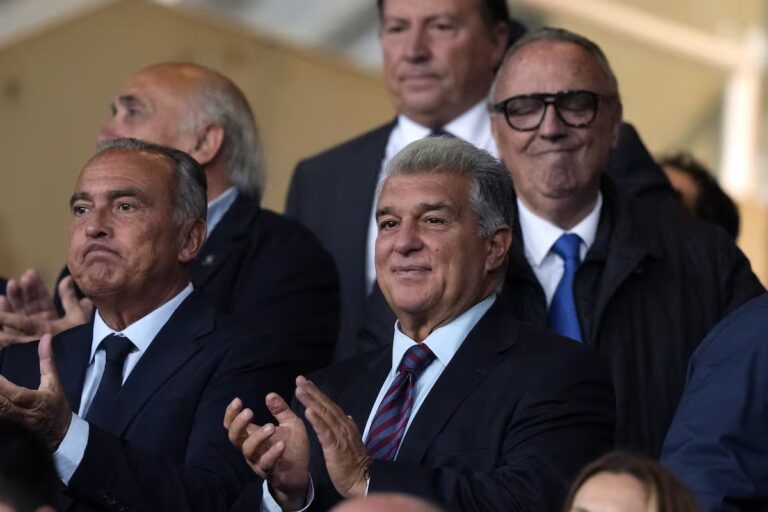
The growth of organized crime in the Amazon not only threatens national security, but also the global climate balance. The region, which stores 34 billion tonnes of carbon, is nearing a tipping point and already has 17% of its forest area … Destroyed (25% is the limit for collapse). Route for 40% of the world’s cocaineaccording to a document presented at COP30 by the United Nations Scientific Panel on the Amazon (SPA).
This is a very high-risk scenario for indigenous and traditional communities, who are considered by scientific studies to be the main custodians of the jungle. In addition to slave labor, organized crime operates in a wide range of areas, including illegal mining, logging, land theft, drug, arms and human trafficking, according to the report.
Criminal organizations such as Commando Vermelho and PCC have turned vast swaths of the Amazon into criminal corridors, where illegal mining, drug trafficking and sexual exploitation generate more income and opportunities for young people than the national budget.
The study explains that an alliance between FARC dissidents, Peruvian groups, and Brazilian criminal factions has expanded the control of these organizations across rivers and air routes, particularly in the triple border of Putumayo. The convergence of drug trafficking and other illicit economies has intensified environmental crime on a regional scale and in businesses that generate more income and opportunity for young people than national budgets.
In this context, jungle activists and defenders have been targeted for intimidation, forced displacement, and murder. In June 2022, British journalist and indigenous activist Bruno Pereira was killed by one of these mafias while sailing to the Jabari Valley on the Brazil-Peru border. “The problem is global. The most lucrative markets are in countries that operate in dollars,” Páez Manso emphasizes, wondering how European and American health systems can confront the challenge of drug consumption, which has such a huge social impact in South America.



